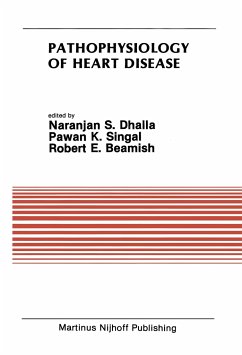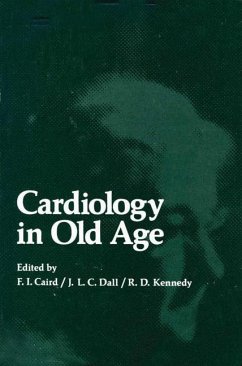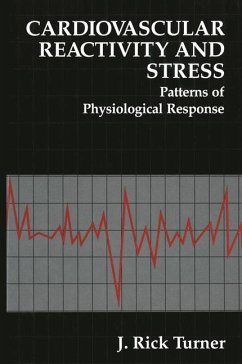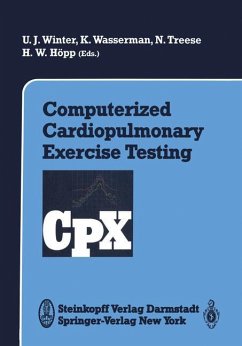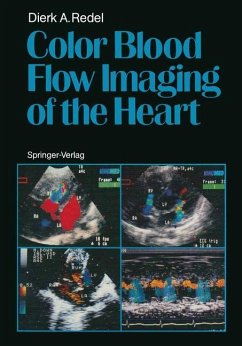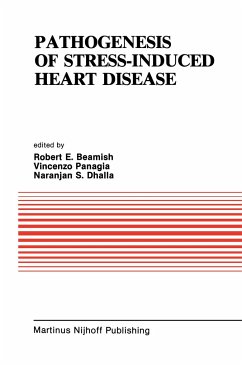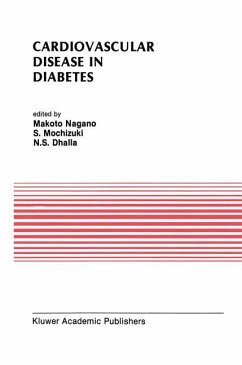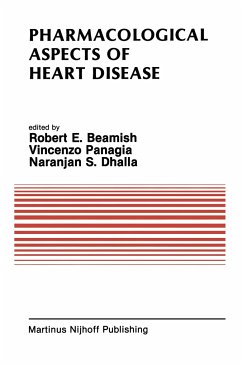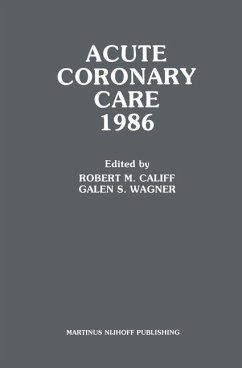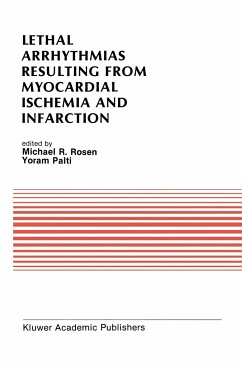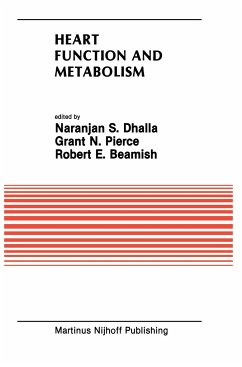
Heart Function and Metabolism
Proceedings of the Symposium held at the Eighth Annual Meeting of the American Section of the International Society for Heart Research, July 8-11, 1986, Winnipeg, Canada
Herausgegeben: Dhalla, Naranjan S.; Pierce, Grant N.; Beamish, Robert E.

PAYBACK Punkte
77 °P sammeln!
In the course of the last two decades, it has become increasingly evident that the sarcolemmal, sarcoplasmic reticular and mitochondrial membrane systems play an important role in determining the status of heart funotion in health and disease. These organelles have been shown to be intimately involved in the regulation of cation movements during the contraotion-relaxation cycle. Various proteins imbedded in the phospholipid 2+ + - + + bilayers of these membranes control Ca ,Na, Cl ,K and H concentrations within the oytoplasm by indirect or direct means. Cationic channels, Na+, + 2+ 2+ 2+ + 2+ ...
In the course of the last two decades, it has become increasingly evident that the sarcolemmal, sarcoplasmic reticular and mitochondrial membrane systems play an important role in determining the status of heart funotion in health and disease. These organelles have been shown to be intimately involved in the regulation of cation movements during the contraotion-relaxation cycle. Various proteins imbedded in the phospholipid 2+ + - + + bilayers of these membranes control Ca ,Na, Cl ,K and H concentrations within the oytoplasm by indirect or direct means. Cationic channels, Na+, + 2+ 2+ 2+ + 2+ + + K -ATPase, Ca IMg ATPase, Ca pump, Na -Ca exchanger, Na -II exchanger and adenylate cyclase affect myocardial funotion and viability through their role as regulators of specific ion movements. However, proteins are not the only important constituents of the membrane. Any disturbance in the interaction between proteins and phospholipids in the membrane has been suggested to alter the funotion of the organelles, upset ionic homeostasis and precipitate the development of abnormalities in oardiac performance. It is, therefore, orucial to understand the faotors whioh regulate membrane funotion in their totality if we are to oomprehend the nature of heart performanoe in healthy subjects. Similarly, the study of membrane dysfunotion in a wide variety of experimental models of heart disease at various stages of failure is essential if we are to fully understand the pathogenesis of heart dysfunotion and improve its treatment.





